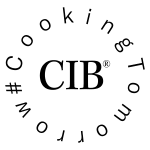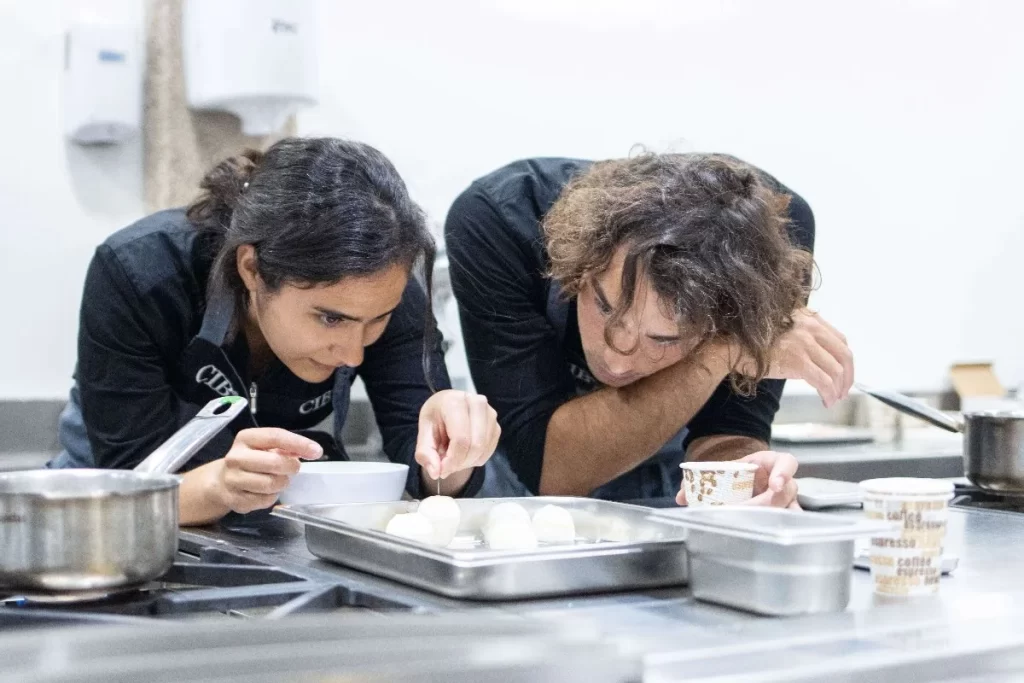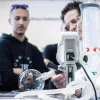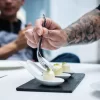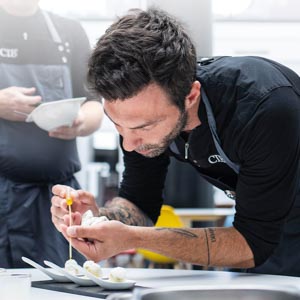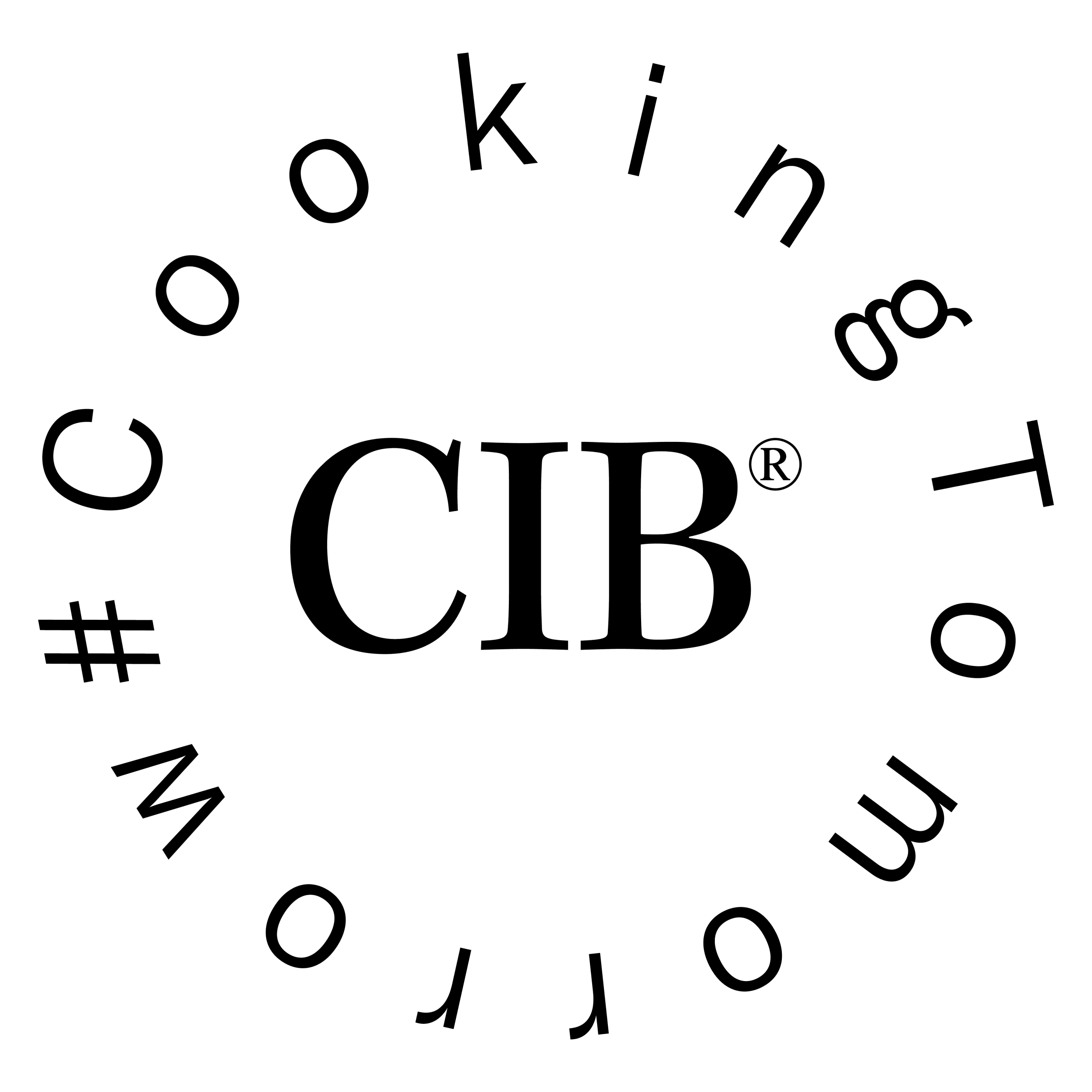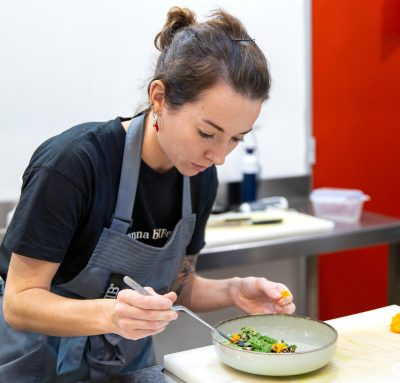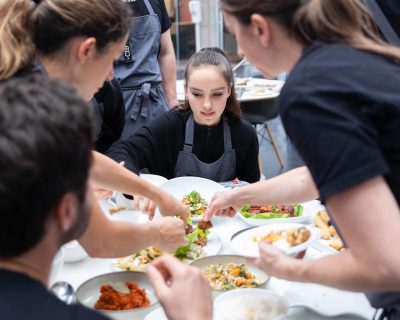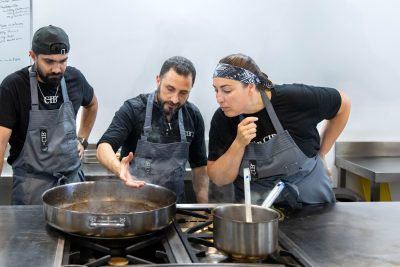In creative cuisine, the chefs are the stars and become the creators or authors of their unique dishes and creations. With signature dishes, the aim is for each chef to put their stamp and personal touch on their food, encouraging creativity and originality and dishes that offer something completely new compared to conventional and traditional methods. For this reason, presentation and staging are also fundamental.
When did creative cooking begin?
Creative cuisine is an old craft. It was developed long ago by several well-known chefs such as Carême (1785-1833), French gourmet and chef, considered to be one of the fathers of haute cuisine, or Escoffier (1846-1935), French cook, restaurateur and culinary writer, who popularized and revolutionized traditional French cooking and became known as the father of modern cuisine. Nor can we forget Paul Bocuse, Henry Gault or Christian Millau, the leaders of nouvelle cuisine in the 1960s and 1970s.
Until the 19th century, women’s names did not appear in recipe books. They were generally in charge of shopping and cooking in order to feed their family, but they were not socially recognized, so we know very little about their true involvement in professional cooking.
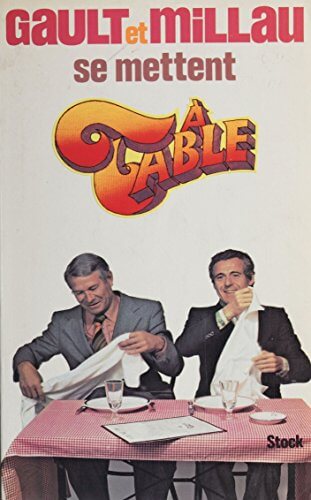
Who created creative and signature cuisine?
Unlike traditional French cuisine, nouvelle cuisine was based on lighter, original dishes with smaller portions, which move away from the norms and rules surrounding classic cooking. Another relevant characteristic of this new movement was that it used ingredients and techniques from all over the world. What’s more, food tended to be presented on larger plates, and sought to generate the greatest sensory experience possible for the diner.
This cuisine evolved into what we now call signature cuisine, which takes the chef’s own experience together with a set of advanced techniques to produce a unique culinary creation.
One of the greatest exponents of creative or signature cuisine is Ferran Adriá (Barcelona, 1962), founder of the renowned restaurant El Bulli (1994-2011). Here, he devised new techniques and methods for the most basic raw materials. He is considered by many to be the best chef in the world, and his restaurant was positioned among the top 10 of the prestigious ranking The World’s 50 for more than ten years.
Thanks to the technological advances that have evolved this type of cuisine towards a new trend we call molecular gastronomy, used by chefs such as Ferrán Adriá among others, the door has been opened for a whole generation of chefs to develop their own culinary style.
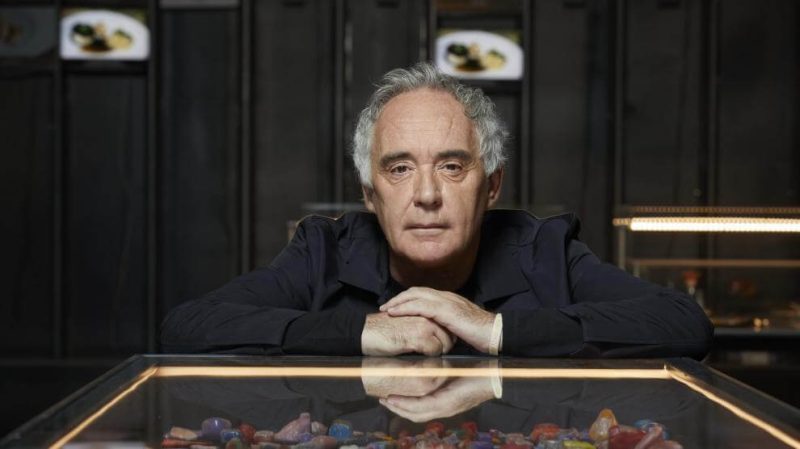
Why is creativity so important in the kitchen?
Creativity in the kitchen bridges the social, artistic and technical ramifications of food and its preparation. By studying the science behind the most commonly used culinary processes and methods, chefs and scientists can understand why certain results are produced. As such, they are better able to reproduce the desired results and move from being a chef to being a creative.Signature cuisine allows chefs, scientists and others to experiment with food techniques and, in many cases, create a shared social experience of innovation and synergies with other disciplines.
Proof of this is food pairing, a scientific method devised in 2007 by Belgian bioengineer Bernand Lahousee. It looks for foods that go well with each other when they share key flavor components. Food pairing uses HPLC, gas chromatography and other laboratory methods to analyze food and find out which chemical components they have in common.
Creative cooking techniques at the CIB
Currently, the most innovative chefs have managed to convey a series of unique and creative experiences that go beyond quality and customer service. To achieve this, there are some outstanding creative or signature cuisine techniques that are frequently used.
Vacuum cooking
Generally, this technique involved cooking food in vacuum-sealed bags at a low temperature. Water is also generally involved in the cooking.Many dishes can be vacuum packed with spices. This technique creates more intense flavors and increases the shelf life of the cooked food.
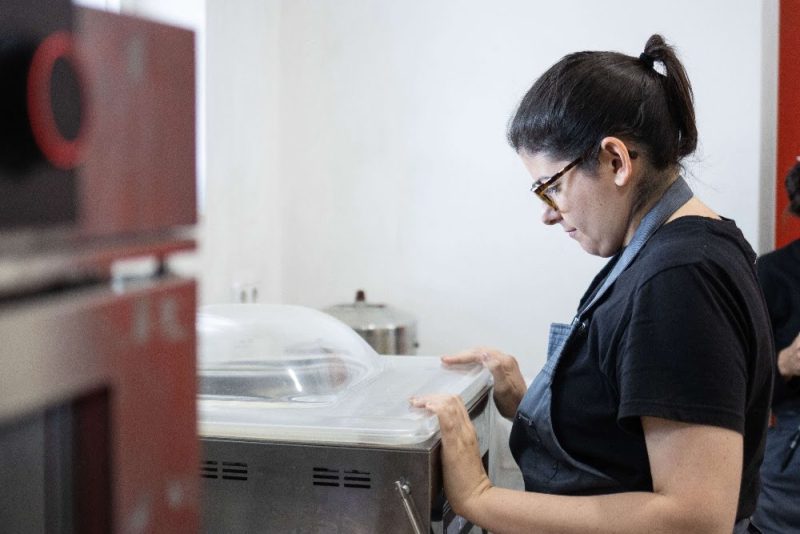
Deconstruction
According to Adrià, “deconstruction involves using and respecting pre-conceived and known harmonies, transforming the texture of the ingredients as well as their shape and temperature, but maintaining each one, and even increasing the intensity of their flavor”.
In other words, deconstruction refers to the food structures and the chef’s ability to maintain the flavors we have stored in our memory. This culinary technique aims to transform the ingredients used in traditional dishes into new textures, shapes and temperatures without changing the flavors or harmony between the ingredients.
Liquid nitrogen
This technique involves subjecting food to sub-zero temperatures using liquid nitrogen, which results in a cooked or accelerated cooking dish. Finally, the result is cooked food that is crispy on the outside and liquid or soft on the inside.
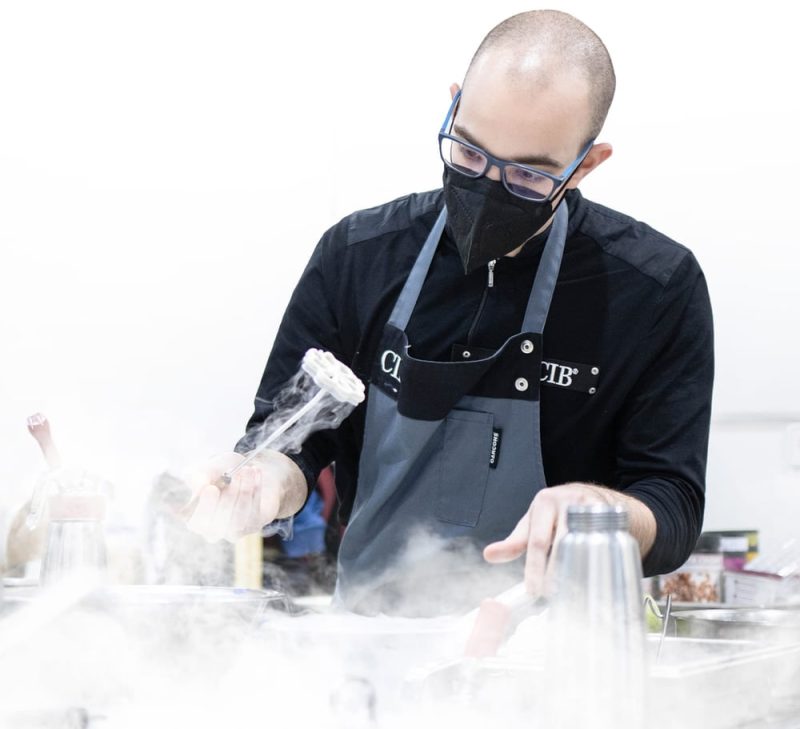
Low-temperature cooking
Although it may sometimes be confused with vacuum cooking, this creative technique involves keeping the food at a temperature that does not exceed 80 ºC. Low-temperature cooking is a scientific application based on research that involves subjecting food to certain temperatures for long periods of time, which transforms some of its properties and achieves very pleasant textures and flavors.
Siphons and vaporizers
A siphon is an appliance that uses nitrogen dioxide (NO2) capsules to convert any liquid into a mousse. It is not necessary to add eggs, cream, sugar or flour to obtain a consistent foam, so you can prepare dishes without altering their original flavor and keep calories to a minimum.

Gelling
Gelling is used to thicken and stabilize liquids and it greatly affects the texture of the food. The gelling chemicals dissolve in the liquid and form an internal structure that allows the resulting gel to appear as a solid substance. The result is spectacular.
Distillation
With a rotary evaporator, a machine used to distill solid foods at a low temperature. The vacuum is removed from the machine and the food is boiled at less than 100 °C, which conserves its original organoleptic properties. Through this distillation, two types of by-products are obtained: the food distillate and the food that has been reduced by cooking at a low temperature.

These are just some of the techniques you can learn about at the Culinary Institute of Barcelona!
Download the CIB’s methodology book where you can learn all about how we apply creativity and innovation at this international cooking school in Barcelona 👇
